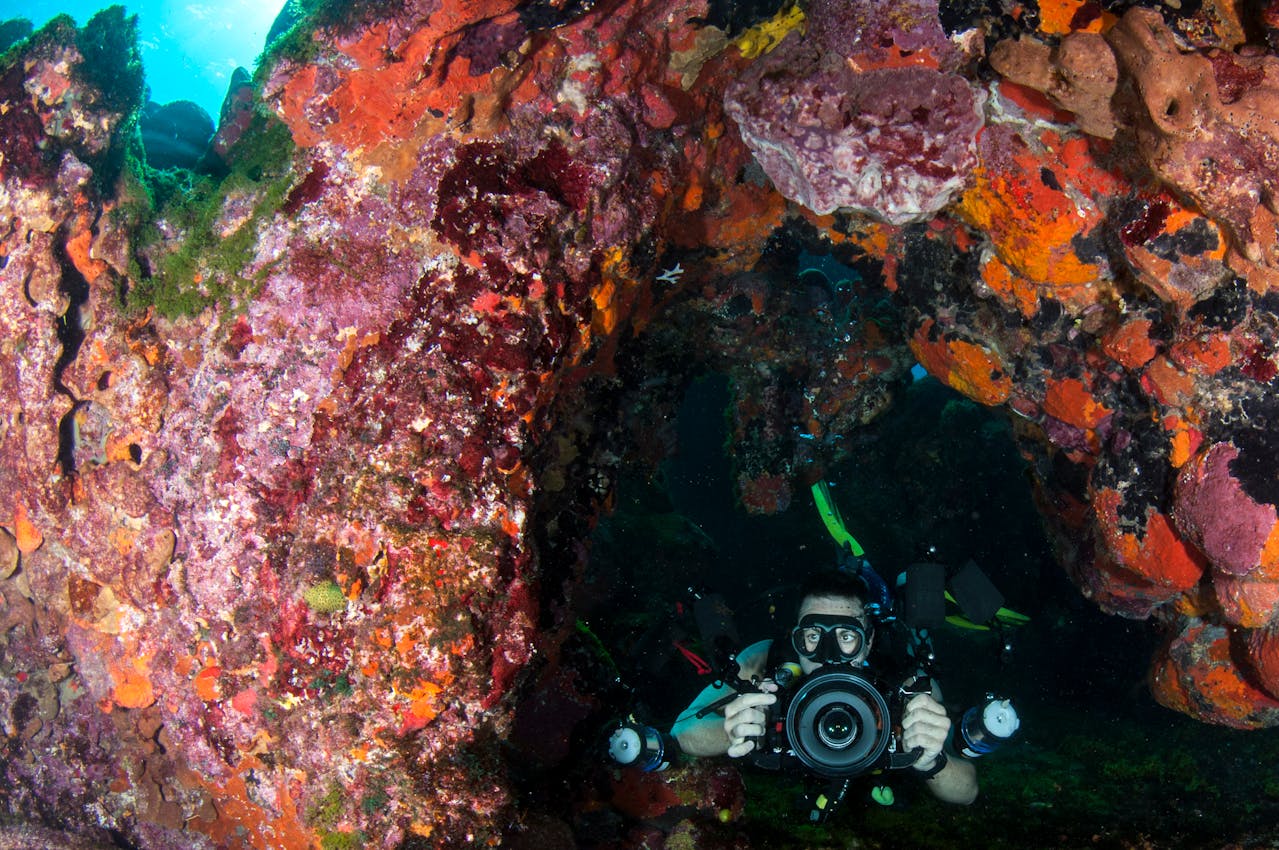An Inside Look at How Subsea Images Are Captured

Subsea photography is vital to the process of unraveling the mysteries concealed beneath the waves in the vast and enigmatic depths of the sea, which are generally unknown to human vision. Advanced technology, experts, and a variety of specialized tools are needed for the complex process of taking subsea photos. This article explores the intriguing field of subsea photography and shows how stunning photos can be taken from the ocean’s depths.
The Underwater Camera Systems
High-quality underwater camera systems from renowned suppliers intended to withstand the harsh conditions of the ocean floor are the cornerstone of subsea imaging. High-resolution cameras are a feature of these systems, and they are frequently housed in sturdy housings to shield them from environmental factors like corrosion and water pressure. These cameras’ incredible engineering ensures that they can survive the harsh conditions of the deep sea, enabling them to capture the breathtaking splendor of the undersea world.
Sonar Technology: Echoes of the Deep
Sonar technology allows subsea photography to go beyond the visible spectrum and into the auditory domain. Sonar, which stands for Sound Navigation and Ranging, uses sound waves to produce pictures of the underwater world. Even in low-visibility situations, sonar systems can produce detailed images by generating sound waves and analyzing the echoes that rebound back. This technology is invaluable when investigating locations where conventional cameras might find it difficult to get clear images.
Remotely Operated Vehicles (ROVs): Unseen Explorers of the Deep
Remotely Operated Vehicles (ROVs) are frequently used in subsea photography to explore depths that are inaccessible to divers. Because these autonomous submersibles have cameras and other sensors installed, their operators on the surface can manipulate their movements and take pictures of them in real-time. Extreme depths, underwater caverns, and other difficult settings with restricted or nonexistent human access require the use of remotely operated vehicles (ROVs).
Lights in the Abyss: Illuminating the Underwater World
The lack of natural light in the ocean’s depths makes subsea photography extremely difficult. To combat this, submersibles and ROVs have strong artificial lighting installed. In addition to illuminating the surroundings, these lights improve the quality of photos taken. Proper illumination is essential to bringing out the rich hues and minute details of underwater scenes that would otherwise stay obscured by darkness.
Hydrophones: Capturing the Symphony of the Deep
Subsea investigation goes beyond optical imaging to record the ocean’s aural marvels. Specialized underwater microphones called hydrophones capture the symphony of sounds produced by underwater phenomena such as geological activity and marine life. By combining these audio recordings with visual photos, the data gathered during subaquatic excursions is enhanced, and a more thorough understanding of the undersea ecosystem is provided.
Data Transmission: Bridging the Depths to the Surface
The transmission of this important data from the ocean floor to the surface is just as important as the initial step of capturing subsea photography. Submarine imaging systems transmit high-definition photographs and other data in real time through the use of sophisticated communication technologies, including fiber-optic cables and acoustic modems. Scientists, researchers, and explorers can process and decipher subsea imagery quickly because of this smooth transition between the top and bottom.
Challenges and Future Innovations: Navigating Uncharted Waters
Subsea photography technology has come a long way, yet there are still problems. Problems including poor visibility, intense pressure, and the size of the ocean floor still hamper comprehensive exploration. Better imaging technology, more durable underwater vehicles, and expanded data transmission capabilities are just a few of the creative solutions that research and development are working toward. The pursuit of comprehending and recording the enigmas of the ocean advances in lockstep with technical advancements as we venture more into the unexplored domain of the underwater realm.
Conclusion
A fascinating world of cutting-edge technology, scientific curiosity, and the quest to discover the mysteries concealed beneath the waters come together to form subsea photography. Each component which includes hydrophones, artificial lighting, remotely operated vehicles, underwater camera systems, sonar technology, and sophisticated data transfer techniques is essential to capturing the breathtaking beauty and scientific discoveries hidden in the ocean’s depths. The story of subsea photography is still being written as we push the limits of exploration, bringing to light the secrets and wonders that exist beneath the surface of the huge, largely uncharted oceans on our planet.





